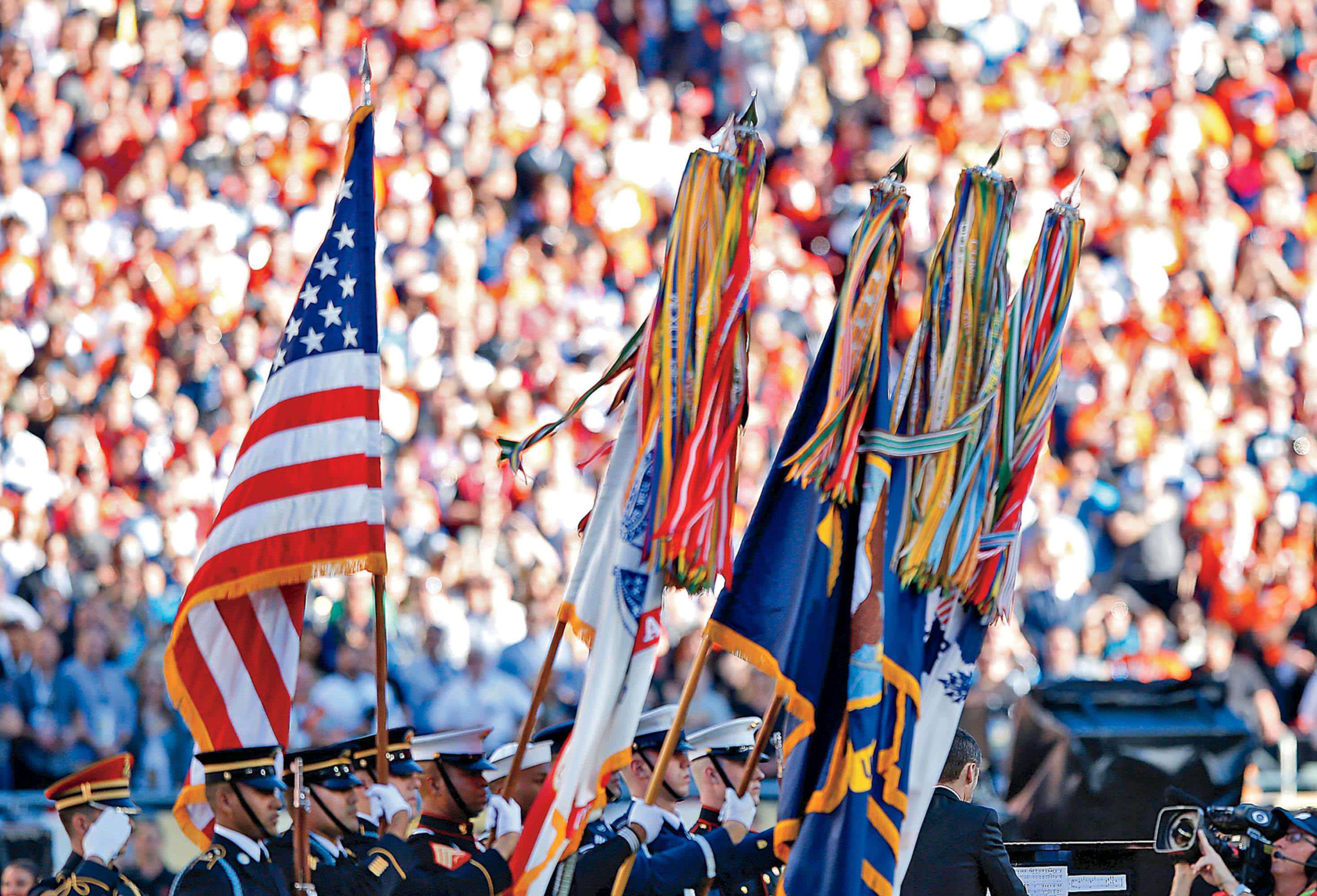

Francis had been captured, and he could only see the red glares caused by the bombardment. The first verse talks about the "perilous fight" which refers to the Baltimore war. The national anthem has four verses which recount the day-long battle between the American and British forces referred to as the Battle of Baltimore. Francis’s poem was recognized for official use by President Wilson in 1916 and the US Navy in 1889. The poem was set to the tune of a song known as The Anacreontic Song which was written by John Smith. He finished the poem in his room at the Indian Queen Hotel and named it Defence of Fort M’Henry. Francis wrote the poem the next day while on the ship before being released on September 16. Mary Pickersgill and other workers made the 15 stripes and 15 stars flag which was later named the Star-Spangled Banner. The storm flag was lowered on September 14, 1814, and replaced by the bigger American flag.įrancis was inspired by the sight of the American flag and the US victory. Francis witnessed the battle, and he saw the "storm flag" flying during the bombardment, but after the fighting stopped, he was not sure who had won. Their ship was flying a truce flag, but since they were aware of the plans of Baltimore attacks, they were captured and held captive until the war ended.

History of the National AnthemĪfter the Raid of Alexandria and the Burning of Washington, Francis and John Skinner set sail on a prisoner-exchange mission, on September 3, 1814.

He was inspired by the Star-Spangled Banner which remained flying after the US forces won.

Francis wrote the poem after seeing the Royal Navy bombard Fort McHenry during the Baltimore War. The lyrics of the American national anthem are from a poem titled Defence of Fort M’Henry which Francis Key wrote on September 14, 1814. The United States adopted the Star-Spangled Banner as their national hymn in 1931.


 0 kommentar(er)
0 kommentar(er)
